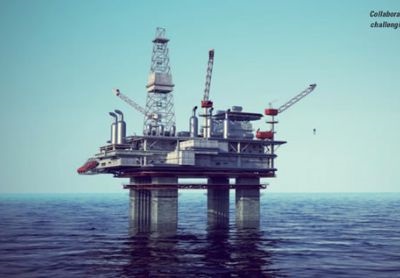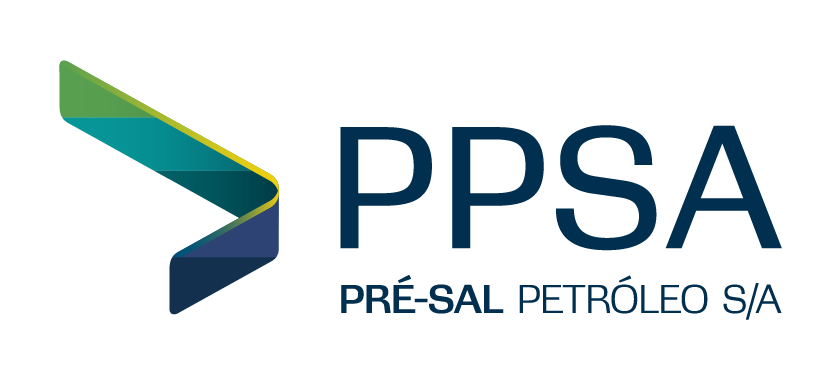
Reinventing the E&P industry through collaboration
Three leading industry professionals share their views on how collaboration between stakeholders can be enhanced to maximise the benefits for all.
Oswaldo Pedrosa, president, Pré-sal Petróleo S.A. – PPSA
“Collaboration among operators, academia, partners and suppliers is crucial to improve existing technologies and develop new solutions for the oil and gas industry. The decisions taken together through intensive collaboration of different kinds of expertise and competences maximise cost optimization and technical improvements.”
“In Brazil, the discovery of the offshore pre-salt reservoirs ten years ago brought a full range of new perspectives and technological challenges to the oil and gas exploration and production sector. The joining forces and sharing of technical expertise among pre-salt operator Petrobras and partners have showed to be the best approach to deal with such challenging projects where activities are performed around 300 km off the coast, in water depths of more than 2,000m, reaching large reservoirs nestled 5,000m below the seabed, overlaid by a salt layer that is about 2,000m thick.”
“One of the things that could bring great benefits and encourage team collaboration is to change the way most oil and gas consortia are traditionally organized. The decision-making is usually done in formal meetings of the operating committee, supported by technical sub-committees, where an asymmetry of information between the operator and non-operator teams can inhibit cooperation among the technical partners.”
“Changing paradigms to count on the technical teams from all partners in a daily basis – with different know-how and capabilities – can contribute enormously to solving operational challenges and developing new solutions to provide the best results.”
“The Libra field is one of the largest pre- salt discoveries to date in Brazil and is an excellent example of a successful collaboration project. The Libra Consortium is made up of Petrobras (operator, 40 per cent), Shell (20 per cent), Total (20 per cent), CNPC (10 per cent), CNOOC (10 per cent) and PPSA (contract manager). The working model between the consortium partners is pioneering a new way of conducting E&P joint venture operations. For the first time, a Joint Project Team (JPT), composed of around 180 professionals from five partner companies, is working together in the same site. This daily side-by-side interaction promotes constant knowledge and experience sharing. Professionals from different nationalities work in synergy to deliver the best outcomes.”
Zhou Hongbo, VP CNOOC International Ltd
“For those geographically difficult, technically challenging projects requiring large investment, like the pre-salt prospects and reservoirs offshore Brazil, partnership in sharing both risk and talent becomes a natural choice. In the current low oil price environment, the ultimate objective among partners, which is to reduce costs and enhance returns of the project, should be the same and fully aligned.”
“In this case, Petrobras has done a great job in terms of putting together the expertise/best practice of each partner by establishing various committees through which partners can discuss and make decisions on important subjects, technical workshops, and providing secondees from each partner to the Joint Project Team.”
“For projects to be successful, partners need to be aligned on objectives, which should be initiated and agreed among all parties, and share knowledge and capabilities, for example combining the local knowledge of the NOC and the international experience of the IOC. Parties with special expertise should be given the opportunity to contribute to ensure that the best industry practice and capabilities are used. Promoting technical innovation is key; further cutting down costs largely depends on the breakthrough and use of new technology, and new ways of operation. In the case of the Libra project, technical innovation should focus on subsurface geological understanding of the reservoir in reducing development uncertainties and in offshore engineering optimization in cutting investment costs.”
“Each party in the project will have its own management style or internal procedures, which may not necessarily coincide with each other, especially those between operator and partners. In this case, thorough communication and consultation procedures become critically important in achieving agreement and understanding on conducting the project.”
“As the first deepwater pre-salt project under the PSC model, Libra involves huge investment and a long period of exploration and development. Given that it is still in the stage of exploration and evaluation, there is flexibility and the room to optimize, offering the chance to achieve lower cost and higher profits through collaboration between stakeholders. Many good examples for successful collaboration between the partners exist, for example, there are various brain-storming workshops to discuss ideas in order to reduce costs, and around 20 major technologies for optimization have been identified from more than 100 proposed initiatives.”
Wan Guangfeng, general director, CNPC Brazil
“Maximising the benefits of the project is the common goal of all partners; however, one should be aware that each partner may have different demands and expectations, which requires partners to establish good relationships of cooperation.”
“The joint operations team should take measures to encourage partners to make full use of their advantages for contributing to the project. Operators should share Critical information with partners in a timely fashion based on the principle of openness and transparency during the whole commissioning process of the project. The use of secondees, technical committee meetings, operating committee meetings etc. should be maximised to provide more opportunities to deepen mutual understanding between all partners, so that they can better support the operator’s work to ensure the maximum benefit.”
“To encourage and facilitate further industry collaboration, I have three suggestions:”
“The first is to strengthen communication and increase mutual trust. Faced with the challenges of technology and low oil prices, oil companies must change the way of thinking, strengthening cooperation in E&P technology in order to improve efficiency and minimise risk. But the premises of cooperation are mutual understanding and trust, which requires both parties to put themselves in the other’s position to handle problems and reduce differences; good communication is needed to enable partners to work together to face the challenges.”
“The second one is exemplary demonstration and experience sharing. In recent years, many international E&P cooperation projects have achieved remarkable results, which have promoted international cooperation and enhanced the confidence of oil companies to overcome difficulties. Such successful joint venture projects should share experience, knowledge and improvement measures on the international platform. ATCE provides a very good platform for such exchanges.”
“The third is removal of collaborative barriers though government support. Currently, most major oil and gas resources are in the hands of governments. In order to ensure oil and gas resources are scientifically developed and economically utilized, governments should fashion policies to encourage oil and gas producers to participate in the development of non- conventional and difficult-to-produce oil and gas resources, so both governments and partners can maximise efficiency.”
The session on “Collaboration 2.0 – reinventing the E&P industry” will be held on Tuesday 27 September.


